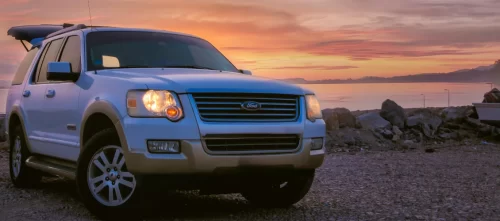
Hidden Gems to Explore in Your Ford Explorer
If you’re the proud owner of a Ford Explorer, you know that it’s not just a vehicle, but a ticket to adventure. This iconic SUV,

The smart driver does a set of checks in the late fall to ensure their car, truck, or SUV doesn’t have an unexpected, and often costly, cold-weather problem that could have easily been averted.
Following are Fraser Engine Company’s Essential Winter-Readiness Tips:
In the same way, your car’s engine can overheat in Summer without the proper amount of coolant, it can definitely freeze in the winter. The difference is, your vehicle’s internal parts can overheat when you’re driving during the day, and you’ll get a few warning lights, if not a visual indicator like steam coming out from under the hood. Signs like this will motivate you to pull over and turn your car off to avert possible disaster.
Inversely, your car’s internal parts will freeze when the car is off, and usually at night. This can invisibly cause catastrophic damage. FRASER FAST FACT: Using plain water in your radiator is a top-of-the-list NO NO for passively harming your vehicle. Plain water freezes at 32 degrees Fahrenheit and 0 degrees Celsius. So, if you put plain water in your engine cooling system, and the temperature drops below freezing, that water will freeze in your engine. What then happens is that the water expands. (See, every soda can ever forgotten in a freezer to chill.) So, the hoses and even metal tubes, and worse of all, the engine block, can expand and crack.
The system that regulates your engine temperature is actually called the Coolant/Anti-Freeze system, but people forget the second part a lot.
The basic formula for protecting your engine is mixing coolant/anti-freeze from the bottle with 50% water. Sometimes the mix differs according to your geography. And no, you should not put 100% antifreeze in your car as it is caustic enough to cause damage to internal parts. Many of the antifreeze manufacturers actually sell a bottle that is “pre-mixed” with 50/50, but remember, now you’re paying more for the convenience and getting less active ingredients.
It’s both important and easy to check your radiator coolant level and concentration. If you use a quick oil-change service, often they “top off” your radiator fluid and wiper fluid with plain water. Now is the time to check both of them. Most auto parts stores have a coolant gauge you can use for free to check things, and if they’re off and slightly low, you can buy the proper fluid there as well. Just make sure your engine is completely cool before you remove the radiator cap, or a spray of burning hot fluid may escape.
 The truth about windshield wiper fluid. There are products on Amazon that are effervescent tablets that you drop in your wiper fluid reservoir, and poof you have blue wiper fluid. But all you have is water with a mild detergent and blue dye. You can add ammonia for that bug and bird splatter-dissolving quality. And you can add methanol for the anti-freezing, ice-melting quality also. But, you are going to pay more, not less, than buying pre-mixed products, and you’ll likely never get the mix right. So, to save aggravation, get bug-wash wiper fluid in the summer, and ice-melt wiper fluid in the winter and be happy. (We recommend the Rain-X brand for the extra coating.
The truth about windshield wiper fluid. There are products on Amazon that are effervescent tablets that you drop in your wiper fluid reservoir, and poof you have blue wiper fluid. But all you have is water with a mild detergent and blue dye. You can add ammonia for that bug and bird splatter-dissolving quality. And you can add methanol for the anti-freezing, ice-melting quality also. But, you are going to pay more, not less, than buying pre-mixed products, and you’ll likely never get the mix right. So, to save aggravation, get bug-wash wiper fluid in the summer, and ice-melt wiper fluid in the winter and be happy. (We recommend the Rain-X brand for the extra coating.
Next, we highly recommend putting quality winter windshield wiper blades on your car for cold weather months. Even if you live in a borderline climate where it doesn’t reach freezing all the time, when you get up to 75 miles per hour, the sheer wind across your glass can freeze rain on contact.
Winter blades have a rubber casing surrounding all metal parts to prevent ice from building up and causing the blades to lose contact with the windshield surface. The new All-In-One flat wiper blades are also a smart choice because they have no exposed metal parts, and are purposely arched to make excellent contact with the glass.
FRASER FAST FACT: There are several proven tools to extend the life of your, generally expensive, winter blades. First is 303 Aerospace Rubber Protectant. Wipe this stuff on your blades when you first install them, and with every fresh tank of gas. Your blades could last over a year! Second, is the original Rain-X. Apply this to your windshield every 3-4 weeks, (as well as other glass and mirror surfaces), and you’ll never scrape bonded ice off your windshield again. You can also investigate ceramic coating your windshield and headlights. It’s pricey and more complicated to apply, but the results are as good or better than Rain-X, with a far-longer protection life.
 As the temperature drops outside, so does the pressure in your tires. So, once there’s a 10-degree change in daytime temperature, check your tire pressure and fill accordingly. While you’re checking your air, look closely at your tires for hairline, or larger, cracks in the rubber. This is a clear indicator that it’s time for new tires. Don’t blow it off.
As the temperature drops outside, so does the pressure in your tires. So, once there’s a 10-degree change in daytime temperature, check your tire pressure and fill accordingly. While you’re checking your air, look closely at your tires for hairline, or larger, cracks in the rubber. This is a clear indicator that it’s time for new tires. Don’t blow it off.
You should also check your tires for adequate tread depth. Balding tires cause a lot of accidents on wet roads, roads covered in wet leaves, or ice, and standing water.
If you live in a colder region, like Buffalo or Detroit, you may want to invest in a set of cheap wheels/rims with good winter tires. They look blah during the winter but will save you in a bad-weather pinch.
I added brakes to this section because they really do go hand-in-hand with your tires in stopping your vehicle. When the weather gets colder, metal parts contract. What was good braking in the Summer, could be less effective in the Winter.
You can do two very basic brake/tire tests when you’re on wet leaves or a fresh coating of snow. (NOTE: This is not something you should do when there are ANY people or other cars around!)
Most modern cars recommend or require premium gasoline. Most of us use the “regular” because it’s cheaper. The important thing to know here is the higher the octane, the higher the quality of the gas and the cleaner your injectors and other parts remain. Also, some brands of gas are actually a better formulation, so if the gas is the same price, stay away from the convenience store and get your gas at Shell or Exxon.
Also, if you’re using regular in a vehicle that requires premium, we recommend adding a gas treatment with every fill-up. Lucas makes a very affordable, top-quality treatment that will help keep combustion parts clean and reduce moisture from ethanol additives in the gas.
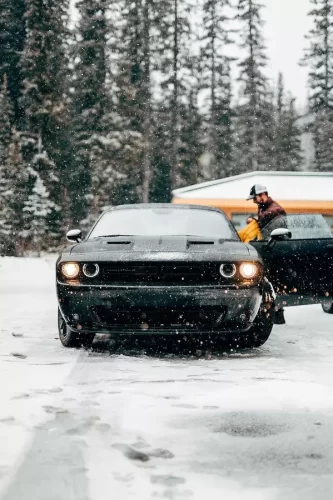 AUTHOR NOTE: On the topic of Ethanol vs. Ethanol-free gas, I have used both and recommend Ethanol-free gas for small engine equipment, like your lawn mower, and regular gas “(may contain up to 10% ethanol)”, in your vehicle. Ethanol is made from corn and does offer good combustion and relief from fossil fuels, but it attracts moisture in the gas. This is why your mower or snow blower won’t start at the beginning of the season. The gas has tons of water mixed in. Ethanol-free gas alleviates that issue, (at a higher price). But I have experienced greater lawn-cutting coverage per tank of Ethanol-free gas.
AUTHOR NOTE: On the topic of Ethanol vs. Ethanol-free gas, I have used both and recommend Ethanol-free gas for small engine equipment, like your lawn mower, and regular gas “(may contain up to 10% ethanol)”, in your vehicle. Ethanol is made from corn and does offer good combustion and relief from fossil fuels, but it attracts moisture in the gas. This is why your mower or snow blower won’t start at the beginning of the season. The gas has tons of water mixed in. Ethanol-free gas alleviates that issue, (at a higher price). But I have experienced greater lawn-cutting coverage per tank of Ethanol-free gas.
That moisture build-up isn’t as prevalent in your car’s gas because you consume it a lot faster. But a gas additive does make a difference, and the price is a smart preventative measure.
Ever seen that powdery gunk around the terminals of your battery? If it’s green, it’s copper sulfate corrosion and likely on your positive battery terminal. If you see the white powdery stuff, it’s sulfate crystals, and it’s caused by a lead-acid battery not being charged enough, (i.e. if you use your car only for short trips to church on Sundays, and market on Thursdays.)
In either case, after a thorough cleaning, adding anti-corrosion washers (usually felt), petroleum jelly, or dielectric grease (available at your auto parts store), to the terminals will protect them from corroding further.
As mentioned above, metal parts contract in the cold, so it’s always a good time to check the belts’ tension on your engine, and the clamp tightness on your rubber hoses.

If you’re the proud owner of a Ford Explorer, you know that it’s not just a vehicle, but a ticket to adventure. This iconic SUV,
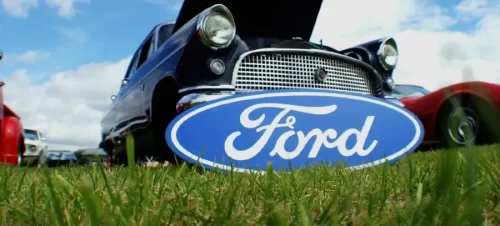
When it comes to heavy-duty vehicle applications, power, durability, and reliability are paramount. The Ford 4.2L engine, known for its robust design and performance, has
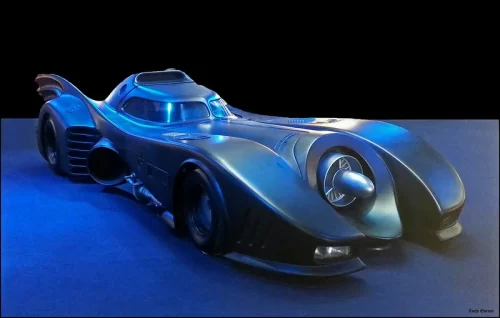
Part Two of a Three-Part Series Hollywood Reshapes The Batmobile To Be Stylish and Badass While this is part two of our Batmobile series, it
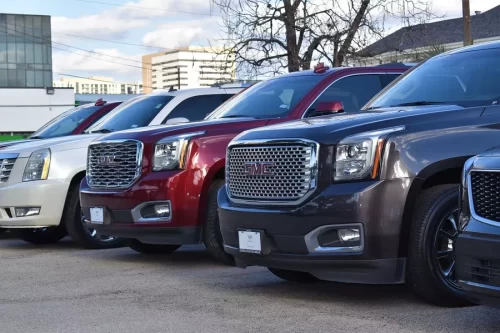
Issue 36 • Engine & Transmission Tips Renowned as GM’s best overall compact engine, and Fraser’s strongest remanufactured engine. An introduction to the GM
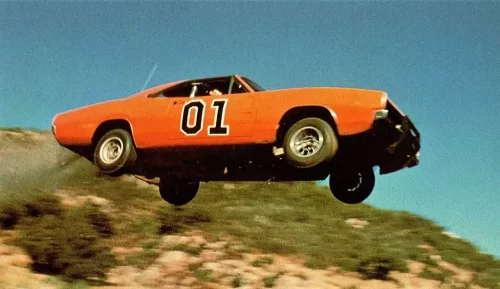
1969 Dodge Charger ENGINE SPECS for the GENERAL LEE:1969 Dodge Charger7.2 Liter RB V8 EngineRB (Raised Block), Produced from 1959-1979 (Chrysler)Estimated Brake-Horsepower Rating of 375
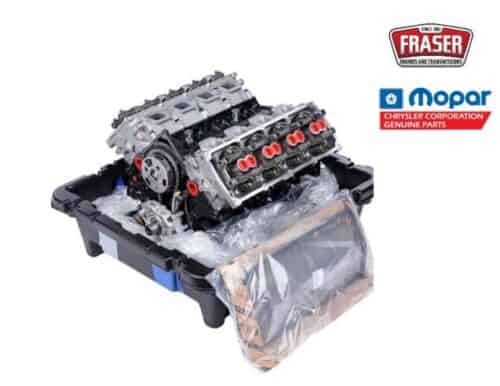
Mopar OEM Chrysler 5.7L Crate Engine (2013-2018) Mopar OEM Chrysler 5.7L Crate Engine (2013-2016) 7 Year FRASER PLUS™ Warranty Included $ 4499 00 CORE DEPOSIT